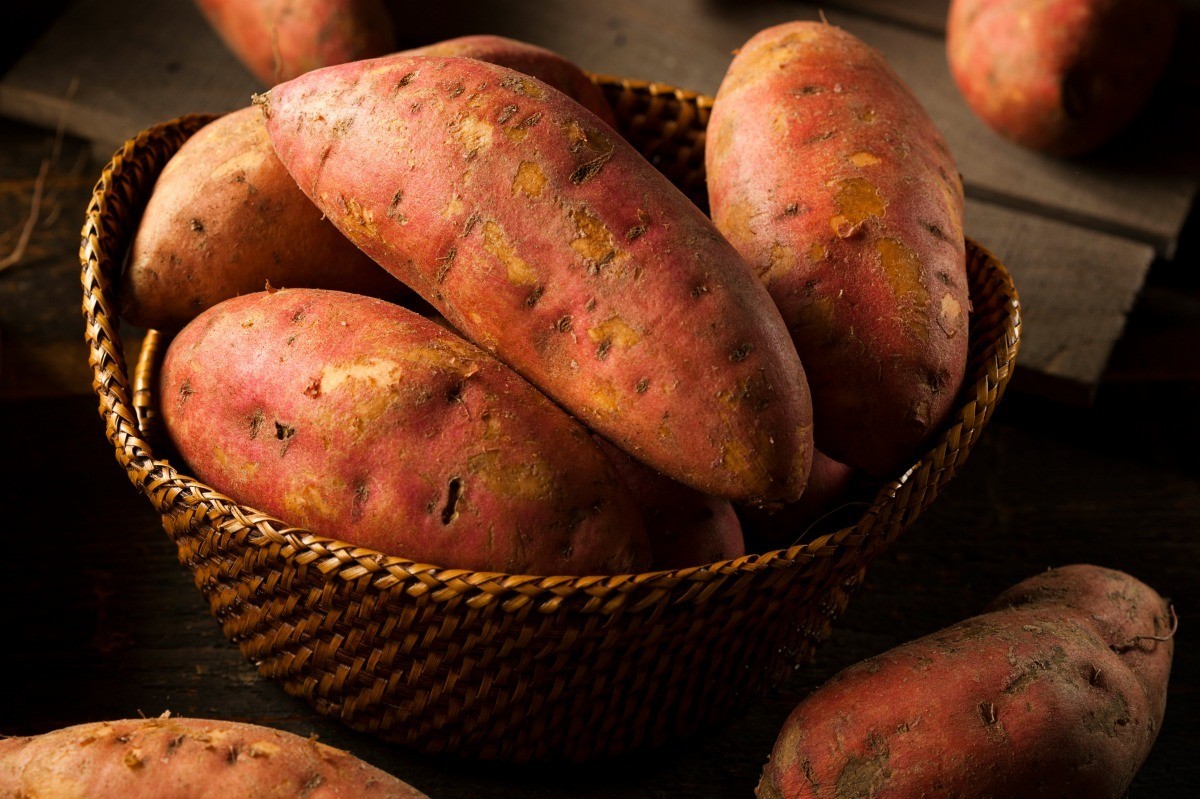

Articles
How To Store Yams And Sweet Potatoes
Modified: October 20, 2024
Learn the best methods to store yams and sweet potatoes in this informative article. Keep your produce fresh and delicious for longer!
(Many of the links in this article redirect to a specific reviewed product. Your purchase of these products through affiliate links helps to generate commission for Storables.com, at no extra cost. Learn more)
Introduction
Yams and sweet potatoes are versatile and nutritious root vegetables that are enjoyed in many cuisines around the world. Whether you have just harvested a bountiful crop from your garden or purchased a bag from the store, knowing how to store yams and sweet potatoes properly is essential to extend their shelf life and maintain their quality.
In this article, we will guide you through the different methods of storing yams and sweet potatoes, so you can keep them fresh for longer periods. From selecting the right yams and sweet potatoes to understanding the best storage conditions, we will cover all the necessary steps to ensure that these delicious vegetables stay in optimal condition.
Proper storage not only helps to prevent spoilage but also preserves the flavor and texture of yams and sweet potatoes, making them ready to use whenever you need them. So, let’s dive in and discover the best practices for storing these root vegetables.
Key Takeaways:
- Proper storage of yams and sweet potatoes is essential for maintaining their freshness and flavor. From selecting the right vegetables to utilizing various storage methods, following these guidelines will ensure you can enjoy these nutritious root vegetables for an extended period.
- To maximize the shelf life of yams and sweet potatoes, consider factors such as temperature, humidity, and exposure to light. Additionally, utilizing vacuum-sealed bags and proper storage techniques will help preserve the quality and flavor of these versatile vegetables.
Read more: How To Store Sweet Potato Pie
Storing Yams
Yams are starchy tubers that are commonly used in various dishes like soups, stews, and side dishes. To ensure that your yams stay fresh and flavorful, follow these steps for proper storage:
Choosing the Right Yams
When selecting yams for storage, look for yams that are firm, smooth, and free from blemishes or soft spots. Avoid yams that have a wrinkled or shriveled appearance, as they may indicate that the yams are past their prime.
Preparing Yams for Storage
Before storing yams, it is important to clean them thoroughly. Remove any dirt or debris by gently scrubbing the yams under running water. Pat them dry with a clean towel to prevent moisture buildup, which could lead to rotting.
Storing Yams in the Pantry
If you plan to use your yams within a week or two, storing them in a cool and dark pantry is the best option. Choose a dry and well-ventilated area away from direct sunlight. Place the yams in a single layer in a basket or mesh bag to allow air circulation.
Storing Yams in the Refrigerator
If you want to extend the shelf life of your yams, you can store them in the refrigerator. Wrap each yam individually in a paper towel to absorb excess moisture and place them in a perforated plastic bag or a refrigerator crisper drawer. Make sure to maintain a temperature of around 45-50°F (7-10°C) to prevent the yams from becoming too cold.
Storing Yams in the Freezer
If you have an abundance of yams and want to store them for months, freezing is a great option. Start by blanching the yams to preserve their quality. Peel and cut the yams into desired shapes, then blanch them in boiling water for 3-5 minutes. After blanching, transfer the yams to an ice bath to stop the cooking process. Once cooled, drain the yams and pack them into airtight containers or freezer bags. Label them with the date and store in the freezer at 0°F (-18°C) or below. Frozen yams can last for up to 12 months.
Storing Sweet Potatoes
Sweet potatoes are a nutritious and delicious root vegetable that can be enjoyed in various dishes, ranging from fries to casseroles. To keep your sweet potatoes fresh and tasty, here are the steps for proper storage:
Selecting Sweet Potatoes for Storage
When choosing sweet potatoes for storage, look for ones that are firm and free from any soft spots or blemishes. Opt for sweet potatoes with smooth skin and vibrant color. Avoid any sweet potatoes that have visible signs of mold or decay.
Read more: How To Store Russet Potatoes
Prepping Sweet Potatoes for Storage
Before storing sweet potatoes, it’s important to handle them with care. Gently brush off any dirt or soil on the skin using a soft brush or towel. Avoid washing the sweet potatoes as moisture can lead to spoilage. Allow them to air dry briefly before storing.
Storing Sweet Potatoes in a Cool, Dark Place
If you plan to use your sweet potatoes within a week or two, store them in a cool and dark place, such as a pantry or basement. The ideal temperature for sweet potato storage is around 55-60°F (13-15°C). Make sure to store them in a well-ventilated area and avoid exposing them to direct sunlight, as light can cause the sweet potatoes to sprout or go bad.
Storing Sweet Potatoes in the Refrigerator
If you want to prolong the shelf life of your sweet potatoes, you can store them in the refrigerator. Before refrigerating, place the sweet potatoes in a perforated plastic bag or wrap them in a damp paper towel to maintain moisture. Keep them in the crisper drawer, which provides a slightly higher humidity level. However, note that storing sweet potatoes in the refrigerator can cause some loss of flavor and texture.
Freezing Sweet Potatoes
If you have an excess of sweet potatoes and want to store them for a longer period, freezing is a viable option. Start by cooking the sweet potatoes. You can either bake or boil them until tender. Let them cool completely before peeling and mashing. Portion the mashed sweet potatoes into airtight containers or freezer bags, leaving some headspace for expansion. Label them with the date and store in the freezer at 0°F (-18°C) or below. Frozen sweet potatoes can last for up to 12 months and can be used for various recipes.
Read more: How To Store Potatoes And Onions
Tips for Extended Storage
To ensure that your yams and sweet potatoes stay fresh for an extended period, there are a few additional tips to keep in mind:
Maintaining Proper Temperature and Humidity
Both yams and sweet potatoes require specific temperature and humidity conditions to stay fresh. Aim to store them at a temperature between 55-60°F (13-15°C) with a humidity level of around 85%. This can be achieved by using a root cellar, if available, or by utilizing a cool and dark area in your home such as a basement or a pantry.
Avoiding Exposure to Light
Light can cause both yams and sweet potatoes to sprout and develop off flavors. It is crucial to store them in a dark environment to prevent these issues. Use opaque containers or wrap them in newspaper to shield them from light. This will help preserve their quality and prolong their storage life.
Checking for Spoilage
Regularly inspect your stored yams and sweet potatoes for any signs of spoilage. Look for mold, soft spots, or any unusual odors. If you notice any of these signs, remove the affected yam or sweet potato immediately to prevent further spoilage. Remember, one bad potato can spoil the entire batch, so it’s important to be vigilant.
Read more: How To Store Boiled Potatoes
Storing Cut Yams and Sweet Potatoes
If you have leftover cut yams or sweet potatoes, store them properly to avoid waste. Place them in an airtight container or wrap them tightly in plastic wrap. Store them in the refrigerator and use them within a day or two. However, it’s best to consume freshly cut yams and sweet potatoes as they can quickly lose their texture and flavor when exposed to air.
Using Vacuum-Sealed Bags for Storage
If you want to maximize the shelf life of your yams and sweet potatoes, consider using vacuum-sealed bags for storage. Vacuum-sealing effectively removes air from the bags, preventing oxidation and the growth of mold or bacteria. This method is particularly useful for freezing yams and sweet potatoes, as it helps to maintain their texture and taste for extended periods.
By following these tips, you can ensure that your yams and sweet potatoes are stored properly, extending their freshness and allowing you to enjoy their delicious flavors throughout the year.
Conclusion
Proper storage is key to maintaining the freshness, flavor, and nutritional value of yams and sweet potatoes. By following the guidelines outlined in this article, you can ensure that your yams and sweet potatoes stay in optimal condition for as long as possible.
When storing yams, remember to select firm and blemish-free ones. Prepare them by cleaning thoroughly and choose the appropriate storage method based on your intended usage timeframe. Whether you store them in the pantry, refrigerator, or freezer, be mindful of temperature, humidity, and exposure to light.
For sweet potatoes, choose ones with smooth skin and vibrant color. Clean them gently without washing and decide whether to store them in a cool, dark place like a pantry or refrigerator, or freeze them for long-term storage. Remember to protect them from light to prevent sprouting and off flavors.
When it comes to extended storage, maintaining proper temperature and humidity levels, checking for spoilage regularly, and storing cut yams and sweet potatoes correctly are important factors to consider. Vacuum-sealed bags offer an excellent option for preserving the quality and extending the shelf life of these root vegetables.
By following these storage techniques, you can enjoy the convenience of having yams and sweet potatoes readily available while reducing food waste. Incorporate these versatile vegetables into your favorite recipes all year round.
So, the next time you find yourself with an abundance of yams or sweet potatoes, apply these storage methods, and savor their delicious flavors for an extended period. Happy cooking!
Frequently Asked Questions about How To Store Yams And Sweet Potatoes
Was this page helpful?
At Storables.com, we guarantee accurate and reliable information. Our content, validated by Expert Board Contributors, is crafted following stringent Editorial Policies. We're committed to providing you with well-researched, expert-backed insights for all your informational needs.
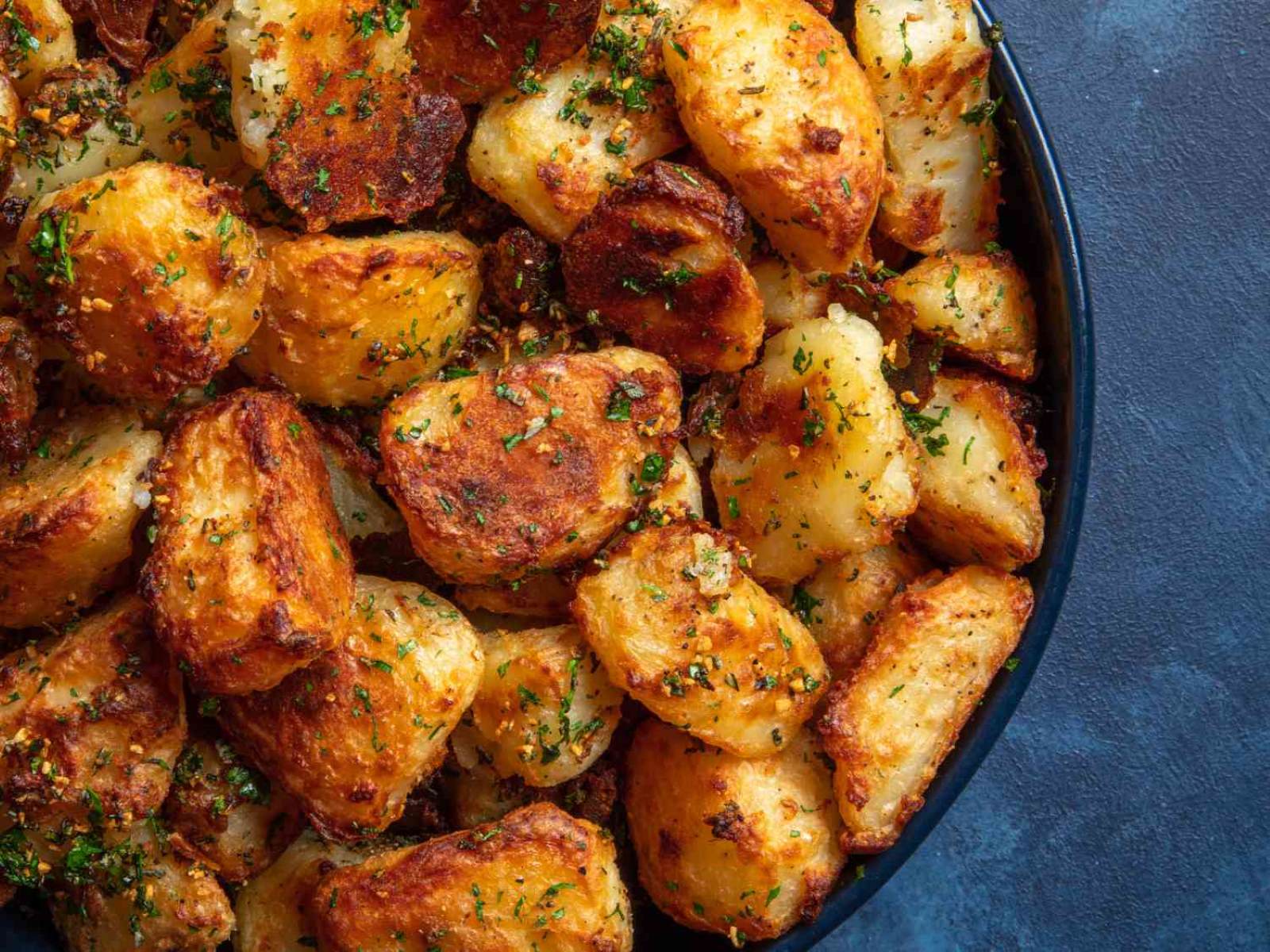
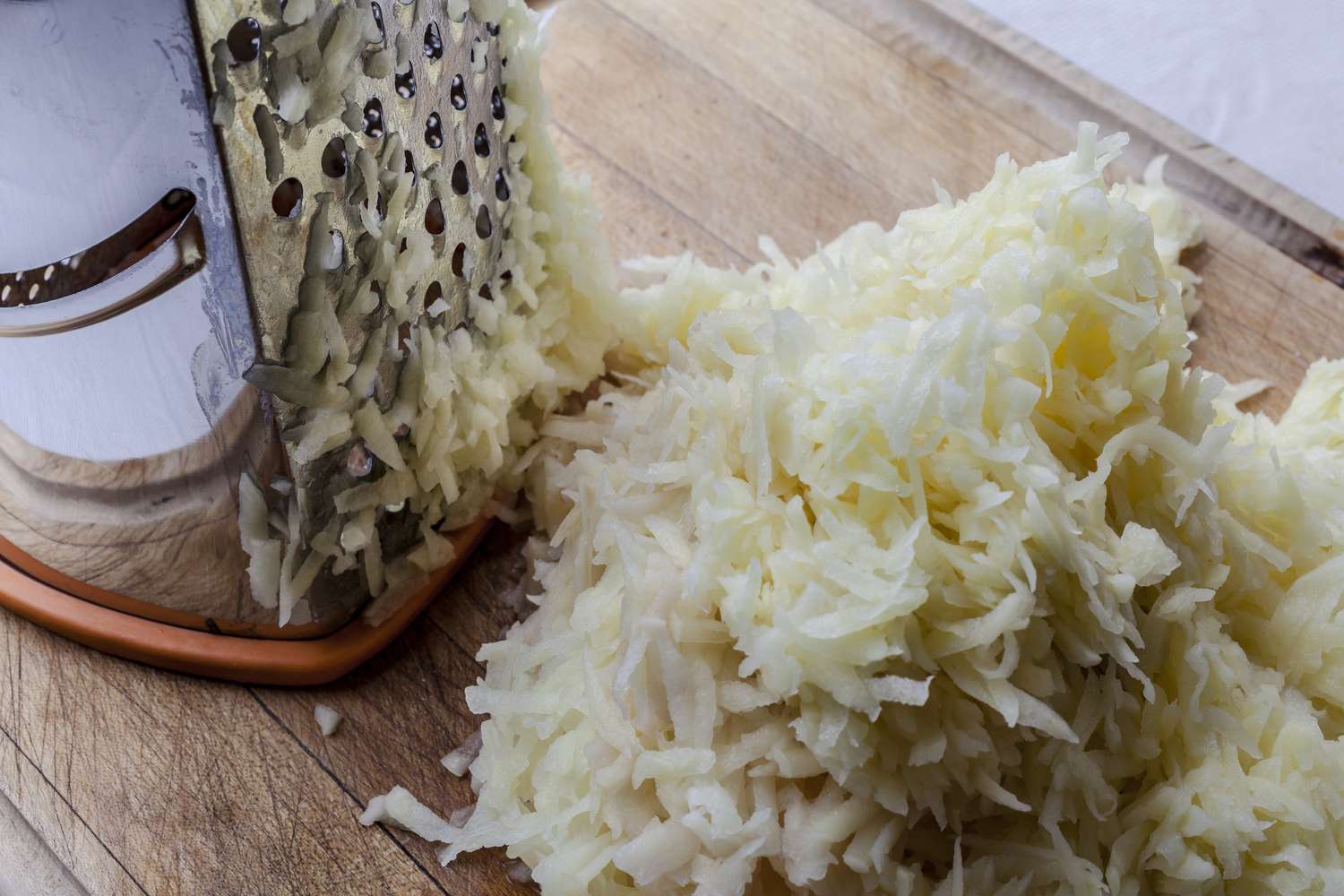
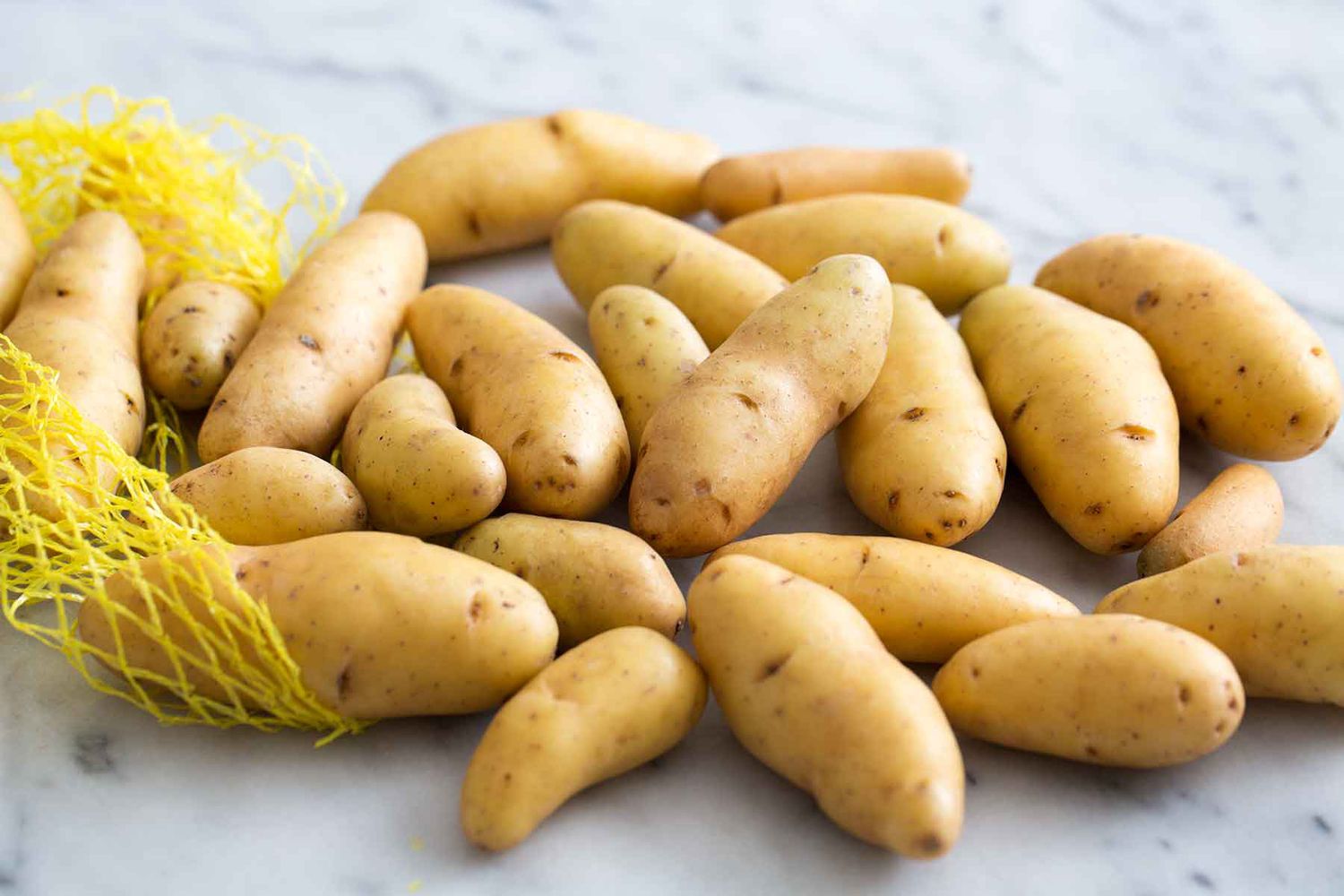
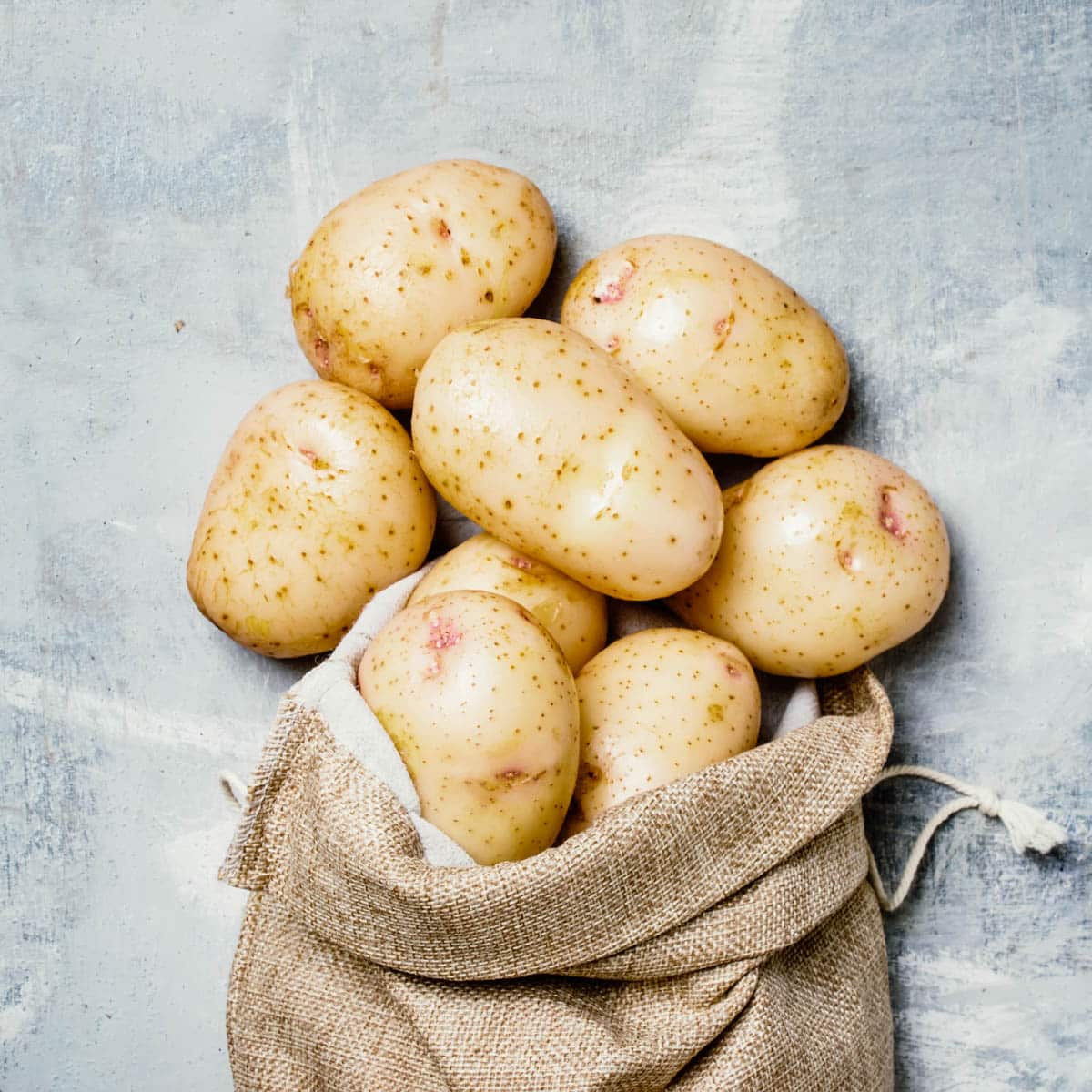
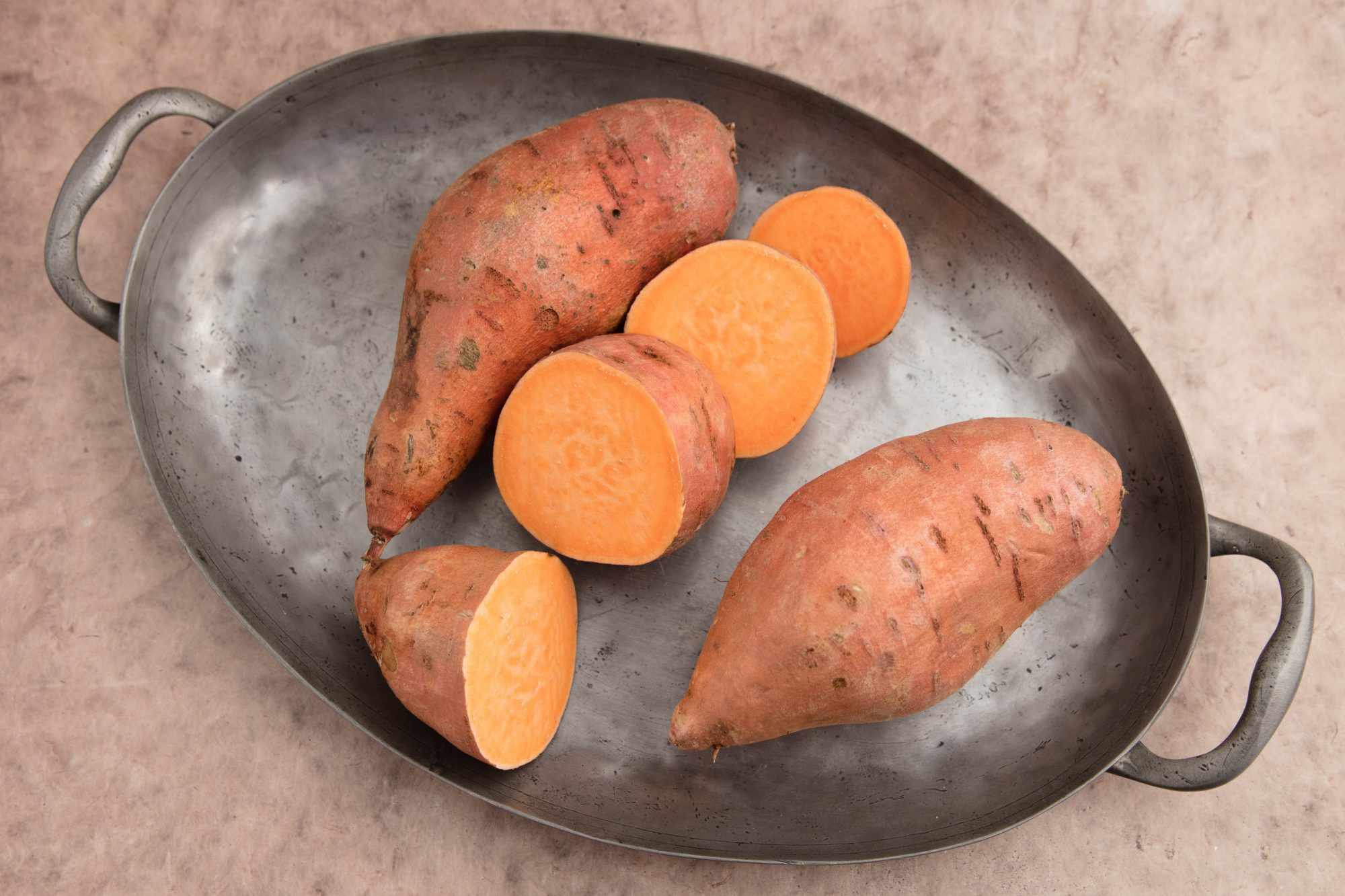
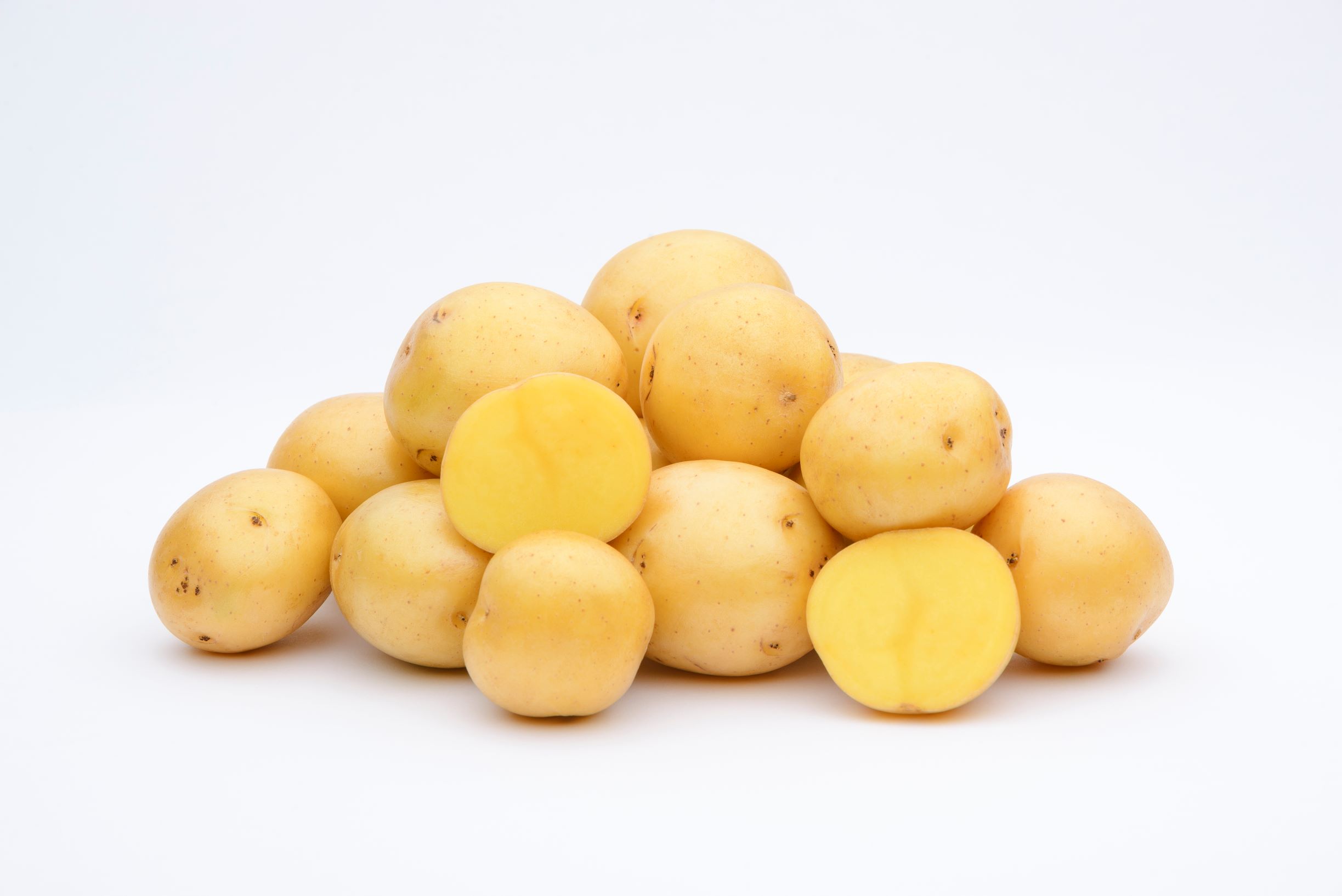


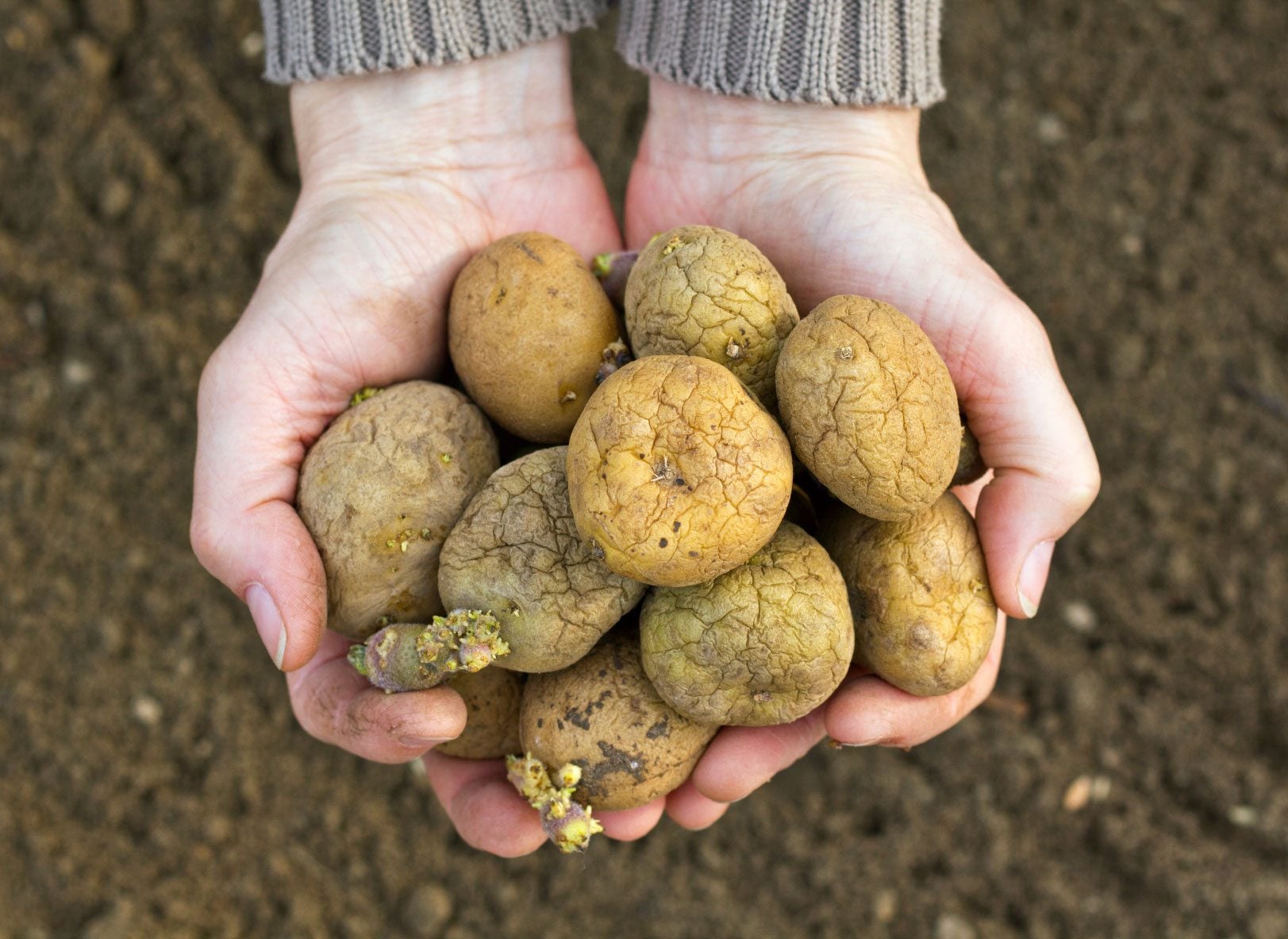
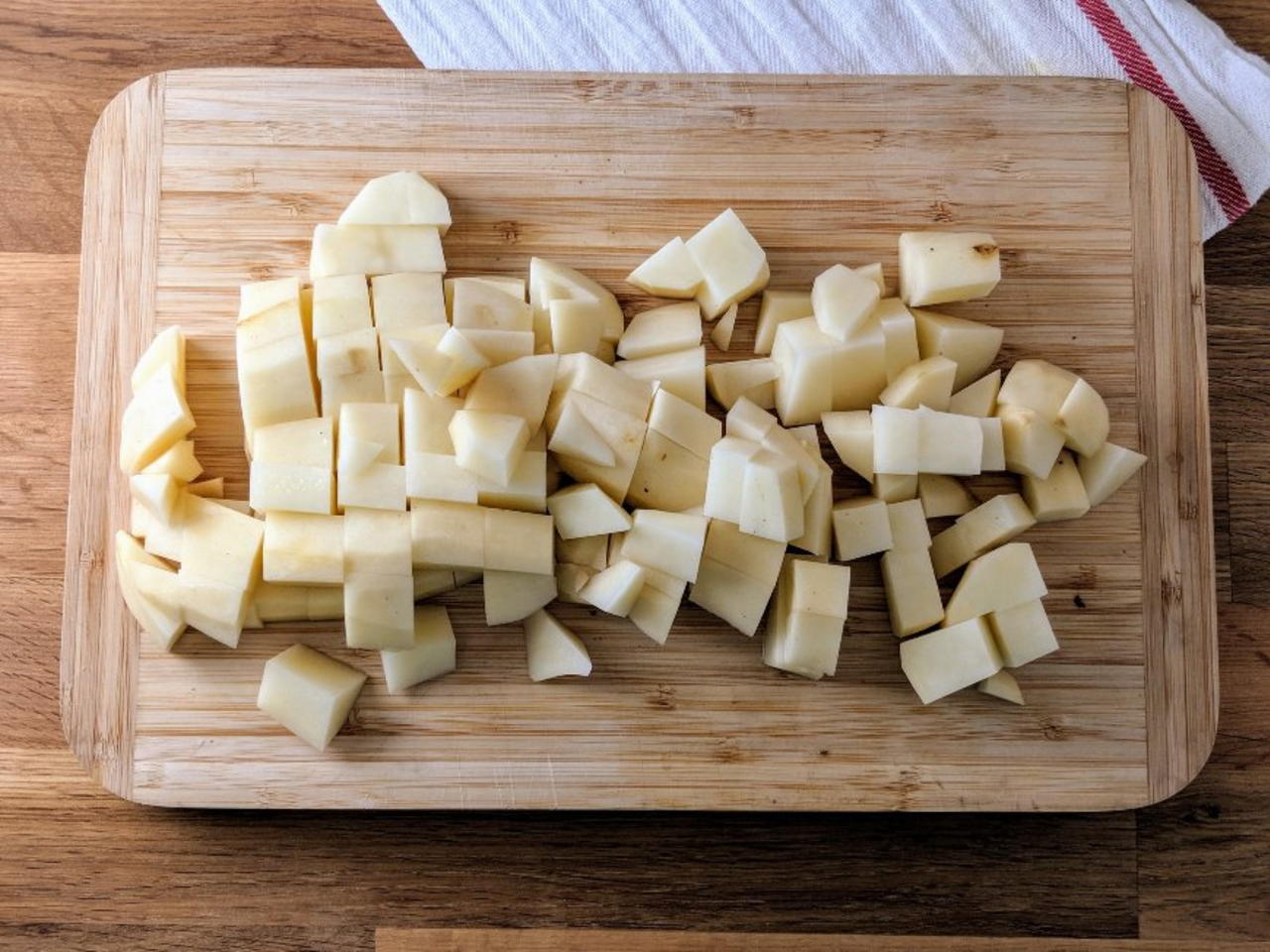
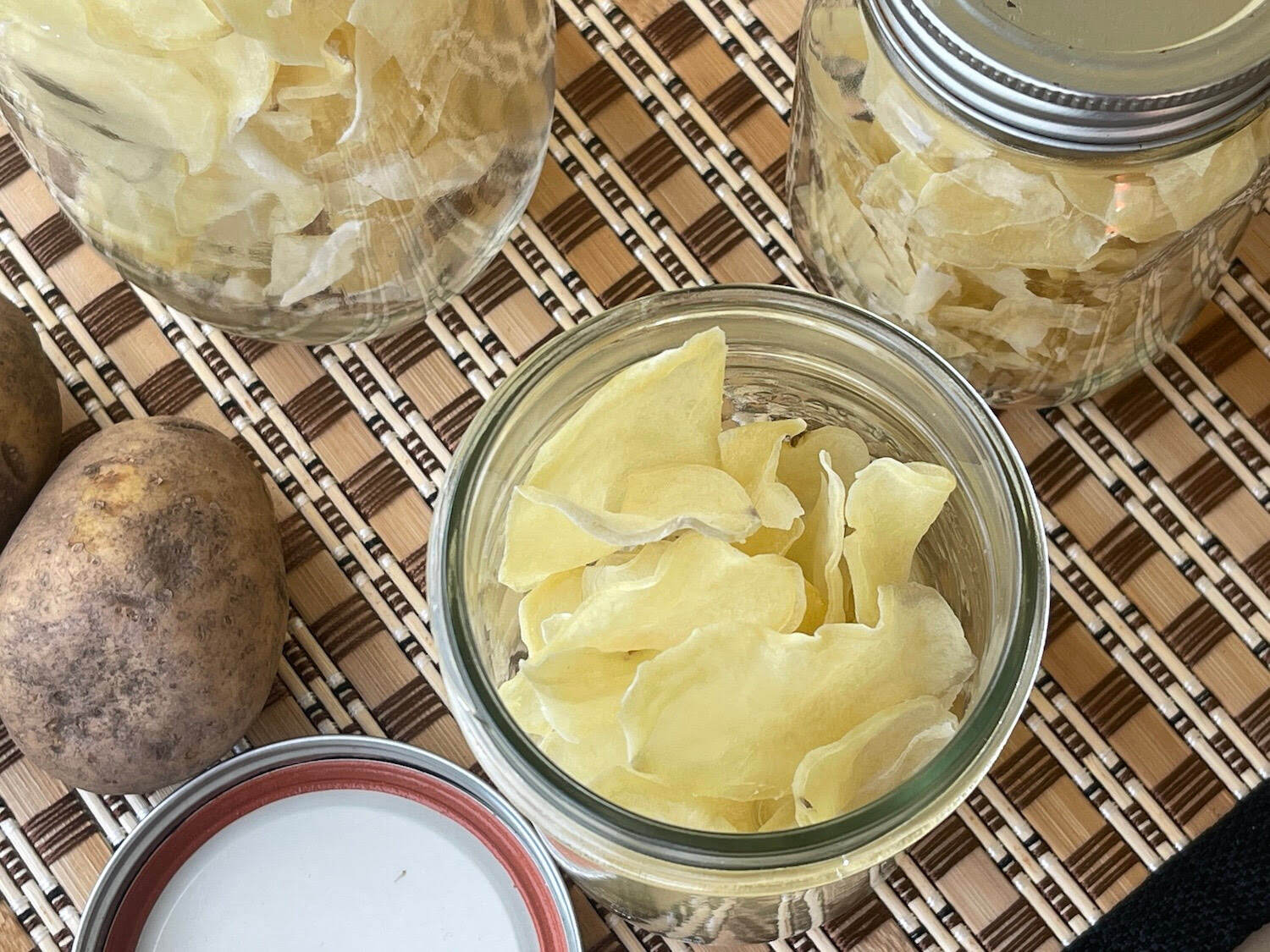

0 thoughts on “How To Store Yams And Sweet Potatoes”